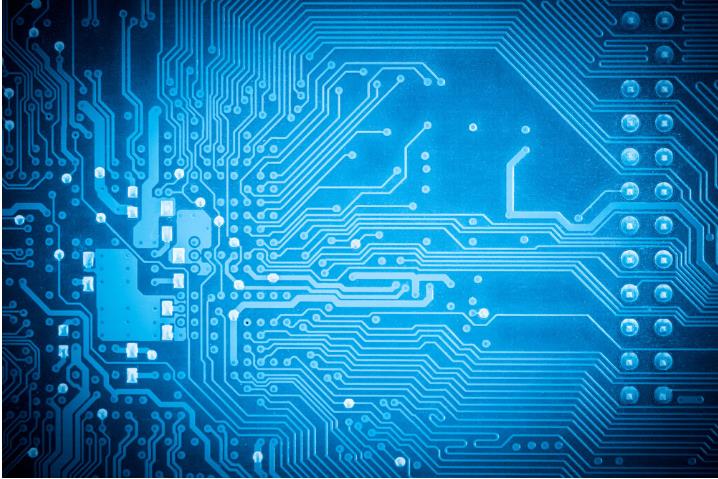Electronic equipment requires high performance, high speed, lightness, thinness, and miniaturization. As a multidisciplinary industry, PCB is the most critical technology for high-end electronic equipment. Regardless of rigidity, flexibility, rigid-flex multilayer boards in PCB products, as well as module substrates for IC packaging substrates, they have made great contributions to high-end electronic equipment. The PCB industry occupies an important position in electronic interconnection technology.
In the 21st century, human beings have entered a highly information society, and PCB is an indispensable and important pillar in the information industry.
Recalling the difficult course of China's PCB for 50 years, today it has written a glorious page in the history of the world's PCB development. In 2006, China's PCB output value was nearly 13 billion U.S. dollars, and it is known as the world's largest PCB producer.
Regarding the current development trend of PCB technology, the following views:
1. Development along the path of high-density interconnection technology (HDI)

As HDI embodies the most advanced technology of contemporary PCB, it brings fine wire and tiny aperture to PCB. HDI multi-layer board application terminal electronic products-mobile phones (mobile phones) is a model of HDI cutting-edge development technology. In mobile phones, PCB motherboard micro-wires (50μm~75μm/50μm~75μm, wire width/spacing) have become the mainstream. In addition, the conductive layer and the thickness of the board are thinner; the conductive pattern is refined, which brings high-density and high-performance electronic equipment .
Over the past two decades, HDI has promoted the development of mobile phones, driving the development of information processing and control of basic frequency functions of LSI and CSP chips (packages), and packaging template substrates. It also promotes the development of PCBs, so it must develop along the path of HDI.
2. Component embedding technology has strong vitality
In the inner layer of the PCB, semiconductor devices (called active components), electronic components (called passive components) or passive components are formed on the inner layer of the PCB. Great changes, but simulation design methods must be solved in order to develop. Production technology, inspection quality, and reliability assurance are the top priorities.
Increasing resource investment in systems including design, equipment, testing, and simulation can maintain strong vitality.
Third, the development of materials in PCB should be improved
Whether it is rigid PCB or flexible PCB materials, with the globalization of lead-free electronic products, these materials must be required to have higher heat resistance, so the new type of high Tg, small thermal expansion coefficient, small dielectric constant, and excellent dielectric loss tangent keep appearing.
Fourth, the prospects for optoelectronic PCBs are broad
It uses the optical path layer and the circuit layer to transmit signals. The key to this new technology is to manufacture the optical path layer (optical waveguide layer). It is an organic polymer that is formed by methods such as lithography, laser ablation, and reactive ion etching. At present, this technology has been industrialized in Japan and the United States.
5. The manufacturing process needs to be updated and advanced equipment needs to be introduced
1. Manufacturing Process
HDI manufacturing has matured and tends to be perfected. With the development of PCB technology, although the commonly used subtractive manufacturing methods in the past still dominate, low-cost processes such as additive and semi-additive methods have begun to emerge.
Using nanotechnology to make holes metallized and simultaneously form PCB conductive patterns, a novel manufacturing process method for flexible boards.
High-reliability, high-quality printing method, inkjet PCB process.
2. Advanced equipment
Production of fine wires, new high-resolution photomasks and exposure devices, and laser direct exposure devices.
Uniform plating equipment.
Production component embedded (passive active component) manufacturing and installation equipment and facilities.